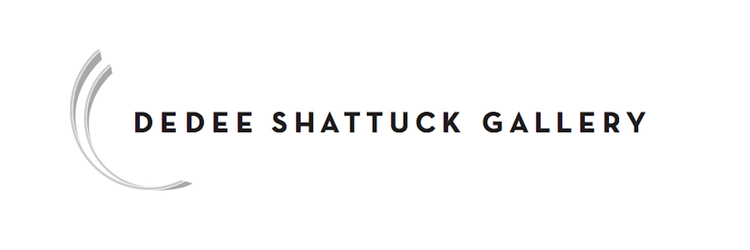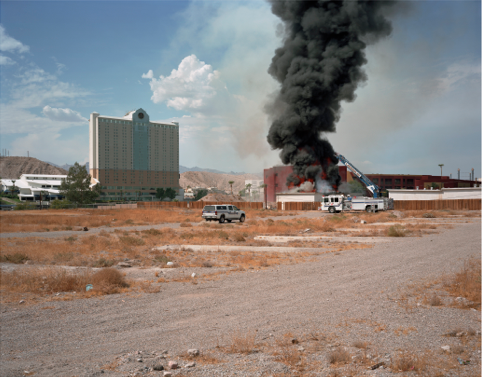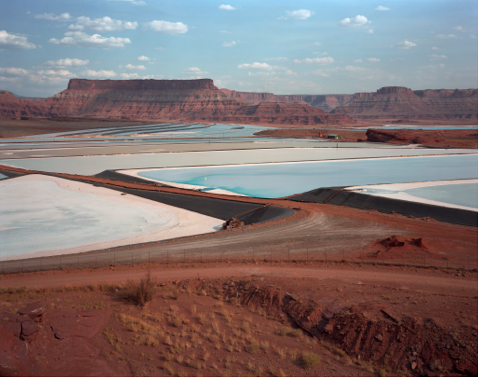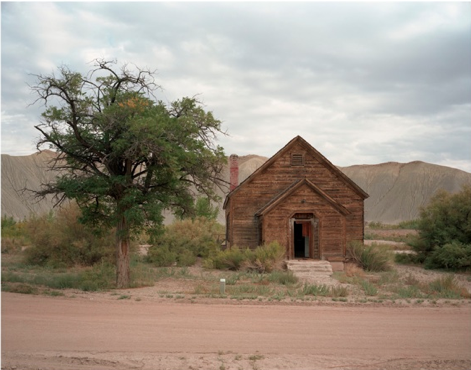Kipp Wettstein
Landscape has always been part of life for Kipp Wettstein (b. 1979). Growing up in a U.S. Forest Service work camp on the northern rim of the Grand Canyon and subsequently moving to the glaciated suburbs of Juneau, Alaska, Wettstein has always been faced with overwhelming landscape. But it wasn’t until he began high-altitude firefighting in the mountains of Oregon and Colorado that his appreciation for landscape evolved into a direct pursuit: to understand the relationship between modern society and our collective ideas of ‘nature.’ During his two-years working in the photography department of The New Yorker magazine, his questions about landscape began to crystallize. After leaving The New Yorker in 2005, he began work with photographer Robert Polidori documenting the devastation of New Orleans after Hurricane Katrina. Polidori’s body of work, titled “After the Flood,” was featured in The New Yorker and as a special exhibit in the Metropolitan Museum of Art, New York. Wettstein’s experience in New Orleans raised more questions about place, history, expectations, and ultimately our society’s collective literacy in its interpretation of landscape.
In addition to his ongoing large-format project in the Great Basin of the southwestern United States, Wettstein, has attracted some attention for his handmade, purpose-specific, large-format cameras which are displayed at the exhibit.



